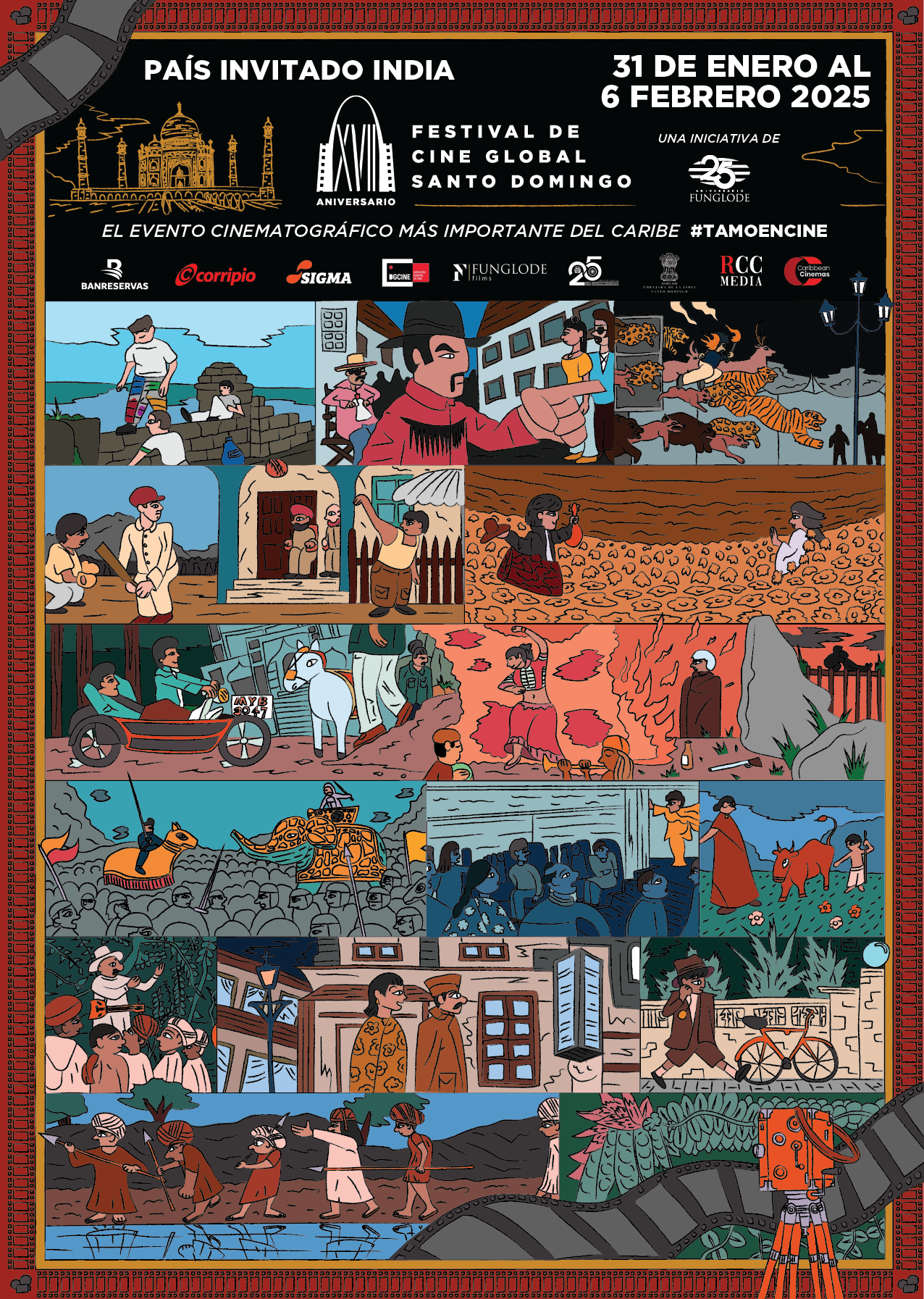“Piedra Letreada” Monument Was Presented
 | “Piedra Letreada” Monument Was Presented The Ecotourism Cluster of Constanza and the Casa de la Cultura of Constanza, announced the project to restore the Aboriginal monument known as “Piedra Letreada o de los Indios” (Inscribed or Indigenous Stone), which is one of the most important Dominican and Caribbean rock art heritage. The event, held at Casa de la Cultura of Constanza, was attended by representatives of the Ministry of Culture and the Museum of Dominican Man, the Ministry of Tourism, archaeologists, anthropologists, and the general public. The keynote address was delivered by Ms. Evelyn De los Santos, President of Casa de la Cultura of Constanza, who noted that this pre-Columbian monument, which covers an area of 235 m2, promises to become one of the main attractions in the city of Constanza, while also emerging as a site of historical and cultural value that will bring many benefits to the socio-economic development of this community. De los Santos said that due to the deterioration that threatened its conservation, an investigation was conducted which identified, evaluated and made possible the design of a series of measures that “at least mitigate many of the harmful effects of the natural aging process that the monument presents. These actions, undoubtedly, intended to conserve and protect it, will be well received by present and future generations.” She stated that these actions are the result of a major project, which the Museum of Dominican Man began implementing in 2006 with the participation of important Dominican and foreign institutions. The overall objective of the “National Register of Dominican Rock Art. Registration, Documentation and Distribution,” as this project was called, was: The registration and documentation of all the Dominican rock art sites known up to now, allowing an overview of their quantitative and qualitative development, through the mapping of their distribution, in order to provide a general and specific assessment of the state of conservation, protection and management of this heritage. Ecological importance of the monument Over 400 species of plants have been tallied through this indigenous rock art heritage wonder, representing almost 9% of the total flora of the country. Of these, close to 65 are endemic species and 11 of them are endangered, among which the Pteridophytes or ferns and related groups stand out. The life zones that dominate the environment close to this region are the Very Wet Forest Low Mountain (Mmh-MB), especially the Green Ebony Reserve (Magnolia pallescens), and the Very Wet Forest Mountain (Mmh-M). The Calimetal, Matorral, and Bosque Ribereño are present among the complex vegetation, both natural and anthropic. Indeed, “La Piedra Letreada” rock art monument is precisely located in Bosque Ribereño. The rich fauna of this area is stunning. The reptile group comprises more than 16 species, of which about 11 are endemic, representing almost 9% of the country’s endemic reptile species. Amphibians are represented by 10 species, of which 8 are endemic, or 13% of the endemic amphibians of the Hispaniola Island; while birds are represented by more than 50 species – of which 16 are endemic and represent 53% of the endemic birds of the country – 8 of them are endangered species. Partnerships The recovery of this monument is being implemented under the sponsorship of the Ministry of Culture, with funds from the First National Call for Cultural Projects 2013 and it has been possible thanks to the efforts of a Support Committee headed by citizen José Peralta Michel and composed of representatives of the Ministry of Culture, the Ecotourism Cluster of Constanza, Casa de la Cultura of Constanza, the Ministry of Tourism, the Ministry of the Environment, the Association for Constanza’s Development, the Constanza Miners Funds, and the City Council. The Technical Team is composed by Anthropologist Glenys Tavarez María, the Project’s General Manager and representative of the Ministry of Culture and the Museum of Dominican Man; Divaldo Gutiérrez and José González, rock art specialists and project technicians; and, José Enrique del Monte, Architect, conservationist, and technician at the interpretation center. The following professionals also participate: Odalis Rosado, Visual Anthropologist; Rafael Puello, Cultural Anthropologist; Tavaré Mundaray, Engineer, who conducted the geological study of the area; and, Renato Rímoli, Biologist, who was responsible for the classification of the flora and fauna associated with the Monument. Photos  |

Related News
-
(Versión en español) Minerd inicia Gala de Centro en todas las escuelas de la Modalidad en Arte del país
-
(Versión en español) Presentarán en Azua antología con cuentos de cinco reconocidos escritores
-
(Versión en español) Francia inaugura su programa “Francofonía 2025” con la exposición “La Traversée” de Edouard Duval-Carrié
-
(Versión en español) Roberto Ángel: Ruta de conciertos en parques y plazas iniciarán el 16 de marzo en Moca
-

Actividad #1
Dónde:: Complejo Acuático Del Centro Olímpico Juan Pablo Duarte.
Días: 28 y 29 de noviembre 2016.
Precios: RD$1,1000.00 VIP, RD$600.00 gradas.

